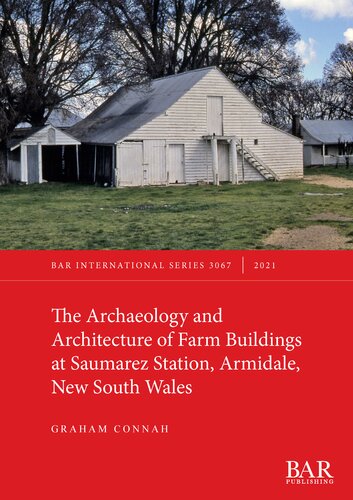

Most ebook files are in PDF format, so you can easily read them using various software such as Foxit Reader or directly on the Google Chrome browser.
Some ebook files are released by publishers in other formats such as .awz, .mobi, .epub, .fb2, etc. You may need to install specific software to read these formats on mobile/PC, such as Calibre.
Please read the tutorial at this link: https://ebookbell.com/faq
We offer FREE conversion to the popular formats you request; however, this may take some time. Therefore, right after payment, please email us, and we will try to provide the service as quickly as possible.
For some exceptional file formats or broken links (if any), please refrain from opening any disputes. Instead, email us first, and we will try to assist within a maximum of 6 hours.
EbookBell Team

0.0
0 reviewsThis book is an analysis of nineteenth and early twentieth-century farm buildings dating from Australia’s rural pioneering period. Based on field recording during the 1980s, its historical value is now particularly significant because similar buildings in Australia have since often deteriorated or vanished completely. Construction techniques, the use of materials, mainly timber as slabs or weather boarding, and of galvanized corrugated iron, including the role of recycling, and the ways in which the buildings were adapted to economic and social changes in agricultural production are examined. In particular, the distinctive Australian tradition of making do with whatever was available is considered. The result is a study of humble, utilitarian buildings that have been given less attention than grand houses of the past or public buildings. Nevertheless, they played a vital role in Australia’s past development, and they deserve close consideration.